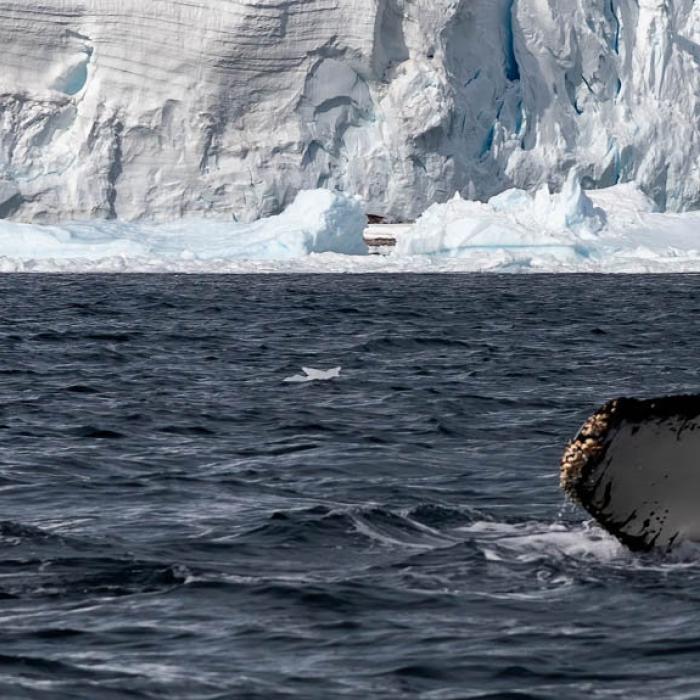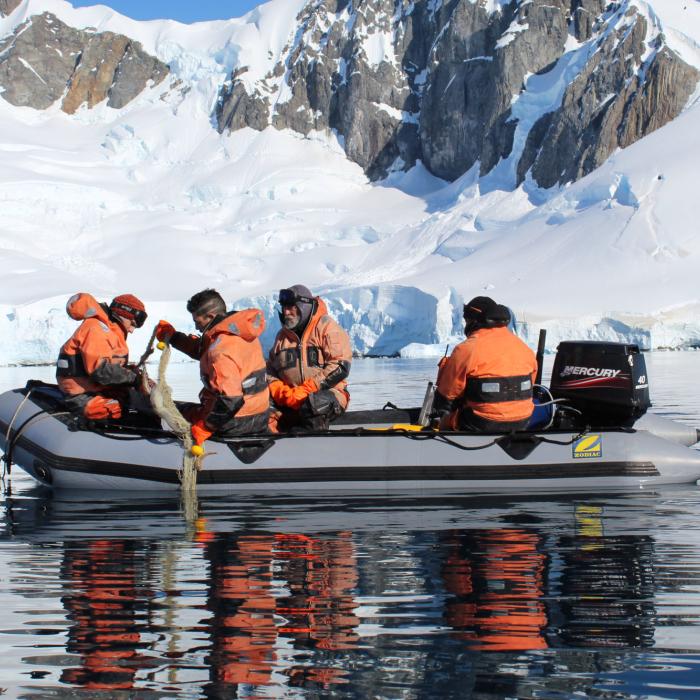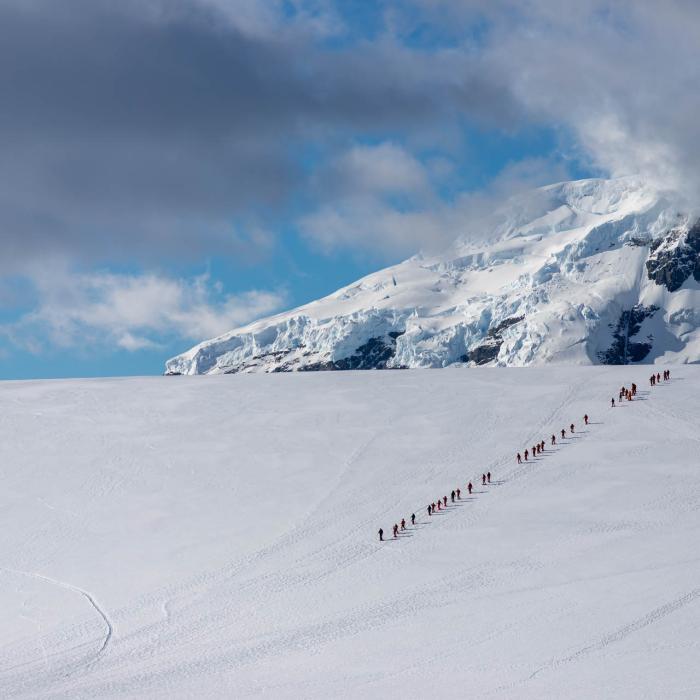
Aliens in Antarctica – Reflections on Invasive Species “Hitchhiking” Study
In my experience, nothing in Antarctica can happen without community. Whether keeping people safe, warm and happy or counting penguins or coming up with practical solutions to protect the environment, community is king. Humans rely on community to operate in Antarctica. Antarctica relies on community to protect it.
New research from the University of Cambridge and the British Antarctic Survey has highlighted potential dangers from a different sort of community; non-native species and their establishment in the unique waters around the continent. These unwelcome visitors could arrive by hitching a lift on supply, tourism, research and fishing vessels, the findings told us. IAATO is pleased to have supplied data in support of the study.
Such hitchhikers have been of huge global concern for a long time. Marine species including barnacles, algae, mussels and crabs can attach themselves to vessels (a process called biofouling) or stowaway in ballast water to be shipped around the world. If they find themselves in a suitable new environment, these invaders can destabilize whole ecosystems with devastating consequences.  Antarctica thankfully hosts very few known non-native species compared to other areas of the planet; it is physiologically isolated from the rest of the world with a climate – both terrestrial and aquatic - that is unappealing to most plant and animal invaders from warmer areas.
Antarctica thankfully hosts very few known non-native species compared to other areas of the planet; it is physiologically isolated from the rest of the world with a climate – both terrestrial and aquatic - that is unappealing to most plant and animal invaders from warmer areas.
The continent’s unique situation and remarkable wilderness is afforded protection through the Antarctic Treaty System. The Treaty’s Protocol on Environmental Protection commits parties to the protection of the Antarctic environment, including from alien species. In practical terms this means action such as prohibiting their introduction, looking out for and removing any plants or animals that shouldn’t be there and preventing the exchange of ballast waters.
In recognition of the potential for people to act as vectors for alien species, IAATO formalised decontamination guidelines for its members more than 20 years ago and shared these with Antarctic Treaty Parties for consideration amongst the wider community. It later initiated research to inform the review process and make the guidelines as robust as possible. IAATO’s success in preventing introductions is helped by a process that starts long before any departure for Antarctica; procedures exist for decontaminating clothing and footwear, equipment, and transport. It even has guidance on what to do if a non-native species is discovered in the field. 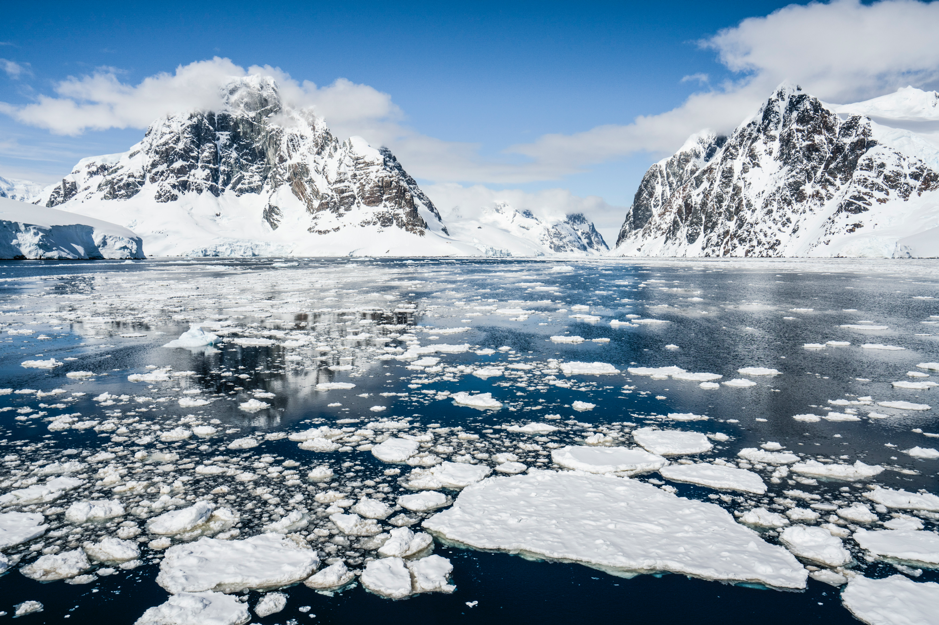 In the wider context for aquatic marine invasives, work has long been underway to reduce the potential impacts of biofouling, particularly through the International Maritime Organization (IMO). IMO biofouling guidelines aim to provide a globally consistent approach to managing the issue. They are supported by ongoing work and multi-national projects, such as the GloFouling Partnership. to raise awareness and promote their implementation.
In the wider context for aquatic marine invasives, work has long been underway to reduce the potential impacts of biofouling, particularly through the International Maritime Organization (IMO). IMO biofouling guidelines aim to provide a globally consistent approach to managing the issue. They are supported by ongoing work and multi-national projects, such as the GloFouling Partnership. to raise awareness and promote their implementation.
Practices to control the attachment of unwanted hitchhikers are also popular with vessel operators because they can improve hydrodynamic performance to enhance energy efficiency. IMO recognises this concept in their guidance for developing ship energy efficiency management plans while also banning the use of harmful chemicals in anti-fouling coatings.
IAATO has supported science since its inception, aware of its crucial role in providing information to drive responsible decision-making and management. This new research traced the global movements of all ships entering Antarctic waters. It shows how connected the white continent is to the rest of the world by a network of vessel activity.
While measures exist to mitigate the risk of introducing non-native species and work is ongoing around the world to help us understand how to do this better, the study highlights the heightened vulnerability of Antarctica to invasions. This is especially true as human interest in the continent grows and climate change weakens the natural barriers that have kept it isolated for millennia, allowing its wondrous wildlife to thrive. 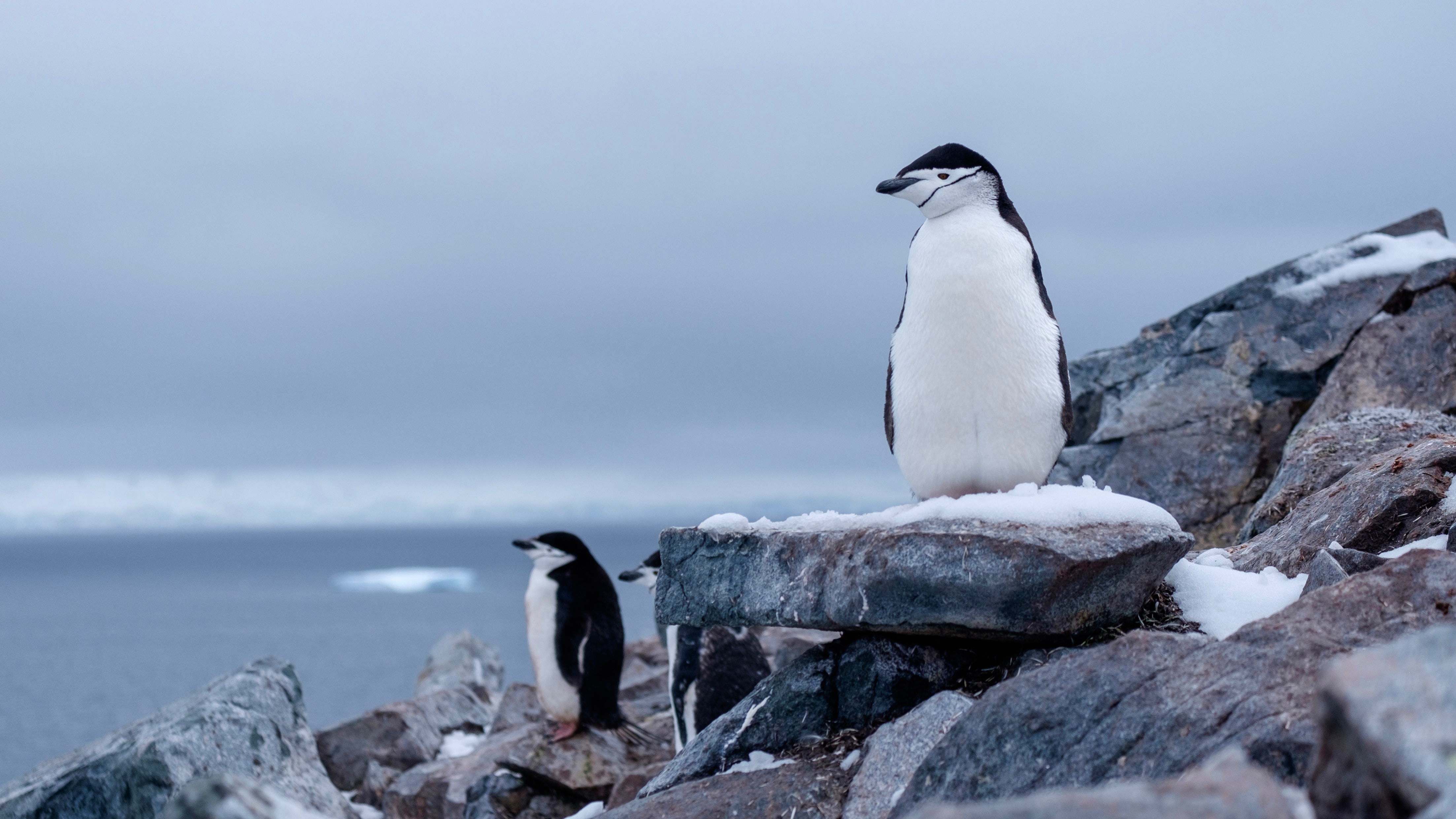 The study’s authors recommend widespread coordinated action to collect data and establish monitoring programmes at high-risk sites. They also note that because the vessels in Antarctica are managed by different organisations, tailored solutions may be required to mitigate the risk of introducing marine non-native species. Such research shared by the scientific community provides a valuable basis for the Antarctic decision-making community including policy-makers, operators and managers. Antarctica depends on it.
The study’s authors recommend widespread coordinated action to collect data and establish monitoring programmes at high-risk sites. They also note that because the vessels in Antarctica are managed by different organisations, tailored solutions may be required to mitigate the risk of introducing marine non-native species. Such research shared by the scientific community provides a valuable basis for the Antarctic decision-making community including policy-makers, operators and managers. Antarctica depends on it.
About the author | Amanda Lynnes, IAATO Director of Environment & Science Co-ordination
 Amanda’s role is to support IAATO in meeting environmental obligations arising from its mission, the Antarctic Treaty System and other international agreements. This includes coordinating research and monitoring efforts and citizen science.
Amanda’s role is to support IAATO in meeting environmental obligations arising from its mission, the Antarctic Treaty System and other international agreements. This includes coordinating research and monitoring efforts and citizen science.
Her Antarctic career began in 1996 with the British Antarctic Survey (BAS) as a penguin biologist and field assistant for the Commission for the Conservation of Antarctic Marine Living Resources (CCAMLR). She established long-term seabird monitoring projects at Signy Island, South Orkney Islands, and at Port Lockroy on the Antarctic Peninsula.
She was first introduced to IAATO in 2002 while working at Port Lockroy. Impressed by IAATO’s ethos, core values and potential for creating Antarctic ambassadors, she went on to work for an IAATO member operator and eventually the Secretariat in 2013. Her experiences have led her to appreciate the value of polar tourism when it is expertly managed. She believes protecting our wild places depends on giving people opportunities to learn while exploring them first hand.
